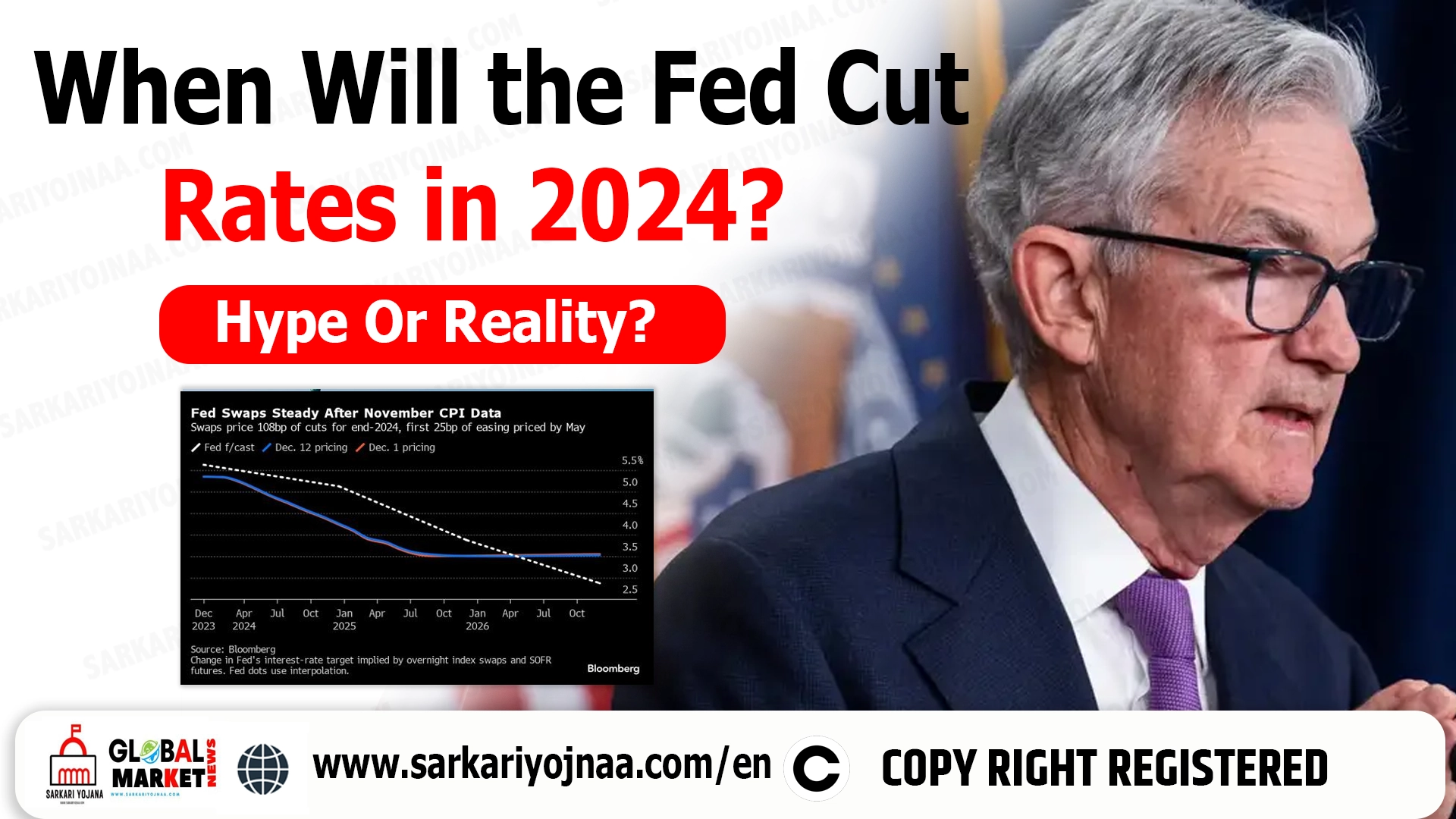Japanese Carry Trade Collapse: Hey there! Have you heard about the recent shakeup in the global financial markets? The Japanese stock market took a huge hit, and it’s been causing quite a stir everywhere. This downturn was so severe that it triggered circuit breakers in both the stock and bond markets. It’s like a domino effect – South Korea had to step in and put restrictions on selling activity too.
So, what’s going on? Well, it’s affecting everyone from tech giants like Nintendo to big financial institutions and even cryptocurrencies like Bitcoin. Pretty wild, right?
At the core of this turmoil is something called the Japanese carry trade. Now, don’t worry if you’re not familiar with it – I’m here to break it down for you. The carry trade is all about interest rate differentials and how they influence currency values. It’s a bit technical, but understanding this can really help make sense of the current market chaos.
Stay with me, and I’ll guide you through this complex topic step by step. By the end, you’ll have a solid grasp of what’s happening and why it matters. Let’s dive in!
Japan Carry Trade Explained
Japan has long grappled with deflation and economic stagnation, leading to historically low-interest rates, even dipping into negative territory. In contrast, most other countries have been battling inflation, prompting central banks to raise interest rates. This divergence in monetary policy created a lucrative opportunity for investors to engage in the carry trade.
The carry trade involves borrowing money in a low-interest-rate currency, such as the Japanese Yen, and then investing it in higher-yielding assets denominated in other currencies, like US Treasury bonds or stocks. As long as the Japanese Yen depreciates against the other currency, investors profit from both the interest rate differential and the currency exchange rate movements.
How the Carry Trade Works (and How It Breaks)
Imagine borrowing 1,000 Japanese Yen at a low-interest rate. You convert this amount into US dollars and invest it in US assets, such as stocks or bonds. If the Yen continues to weaken against the dollar, you can repay your Yen loan with fewer dollars, pocketing a tidy profit.
However, the carry trade is not without risks. If the Japanese Yen unexpectedly strengthens, repaying the loan becomes more expensive, potentially wiping out profits and even leading to losses. This is precisely what happened recently when the Bank of Japan surprisingly raised interest rates, making Japanese bonds more attractive and causing the Yen to appreciate rapidly.
The Ripple Effects
The sudden appreciation of the Yen caught many carry traders off guard, forcing them to unwind their positions. This mass exodus from the trade triggered a domino effect, with investors selling off their US assets to cover their Yen-denominated loans. The resulting selling pressure exacerbated the decline in the US stock market, particularly in high-growth technology stocks.
Impact on Japanese Financial Markets
| Company/Index | Percentage Change |
| Topix Index | -6.5% |
| Nikkei 225 | -11.3% |
| Second Largest Bank | -15.5% |
| Largest Bank | -12.2% |
Impact on US Markets
| Asset Class | Percentage Change |
| Bitcoin | -11% |
| Ethereum | -21% |
| Tesla | -6% |
| Apple | -6.9% |
| Nvidia | -6.75% |
| S&P 500 Futures | -1.42% |
| Dow Futures | -0.77% |
The Road Ahead
The collapse of the Japanese carry trade has raised concerns about the stability of global financial markets. Some experts estimate that as much as 10% of the US stock market may be exposed to this trade, implying a significant amount of leverage and potential for further market volatility.
Japan’s ability to mitigate the fallout is limited by its already massive debt burden, the highest among major economies. The government is closely monitoring market movements, but its options for intervention appear limited.
Investor Sentiment
Despite the market turmoil, investor sentiment remains divided. While some are advocating for buying the dip, others are holding their positions or even selling. The uncertainty surrounding the Federal Reserve’s monetary policy further complicates the outlook. While the Fed has been raising interest rates to combat inflation, there are concerns that it may need to pivot towards easing to prevent a recession.
Conclusion
The collapse of the Japanese carry trade serves as a stark reminder of the interconnectedness and fragility of global financial markets. While the full extent of the fallout remains to be seen, it is clear that this event will have lasting implications for investors and policymakers alike. The need for diversification and risk management has never been more apparent.










Hello there, just became aware of your blog through Google,
and found that it is really informative. I am going to watch out for brussels.
I’ll appreciate if you continue this in future. Numerous people will be benefited from
your writing. Cheers!